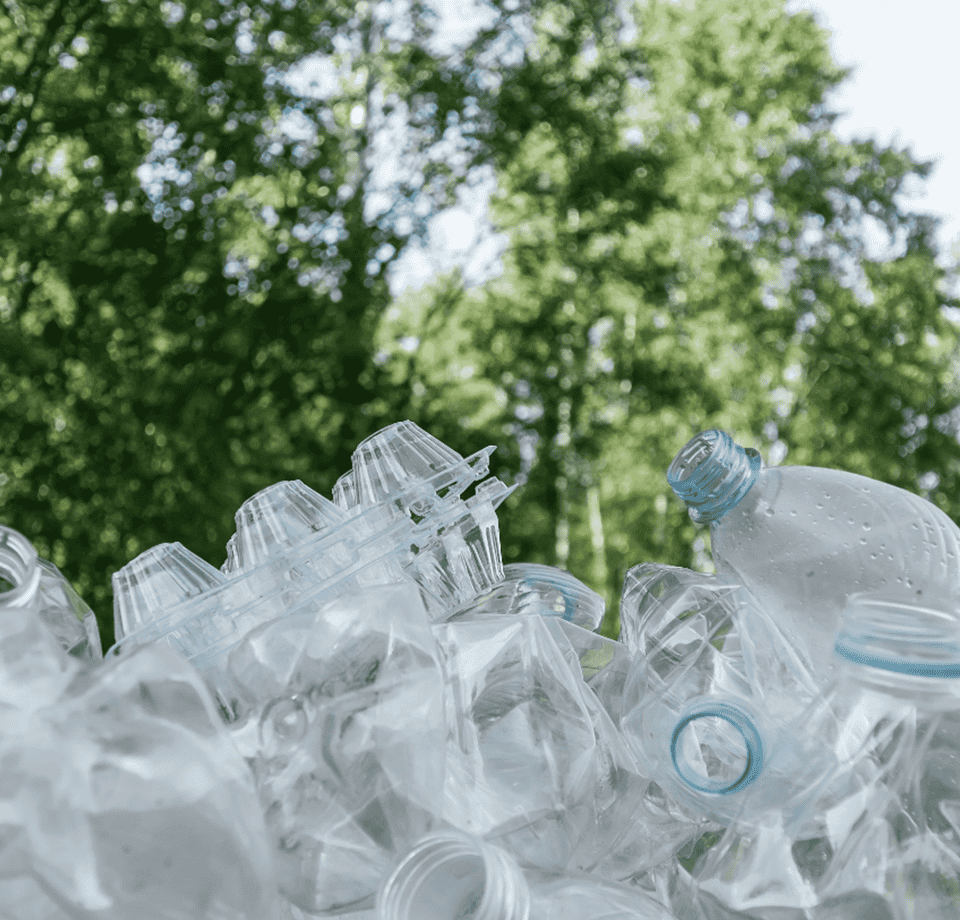Benchmark environmental impacts of office/warehouse and logistics/ distribution methods Reduce carton waste by 10% annually Plan and map more energy-conscious product delivery routes



Benchmark environmental impacts of office/warehouse and logistics/ distribution methods Reduce carton waste by 10% annually Plan and map more energy-conscious product delivery routes
Engage our current and future supply chain in our CSR efforts Encourage top and invite new suppliers to participate in our EcoVadis program Ask suppliers to share documentation on their own CSR business practices
Support the protection of human rights throughout our supply chain Enroll 90% of employees in human rights training Survey employees to help develop diverse, equal opportunity programs

Studies indicate that by 2025, the consumption of packaging materials in the United States is projected to grow annually by 1.5%, surpassing the anticipated population growth. Similar trends are evident in Europe, with the per capita packaging waste expected to increase by an average of 1.5% per year by 2025.By 2040, it is estimated that plastic will make up around one-third of the total packaging waste, marking an 8% increase from 2018. This trend is anticipated to expand across Asia, Africa, and Latin America.Since the early 21st century, global plastic production has doubled, reaching nearly 400 million tons annually by 2021. Although the average lifespan of plastic products is around 10 years, these materials might take up to 500 years to decompose, depending on their composition and the method of disposal.

Citing Quantis’ 2020 Makeup the Future study, Cosmetic Valley highlights that 0.5% of global carbon emissions comes from the fragrance and cosmetics industry. Some 40% of the impact derives from the consumer’s water and energy use related to rinsed products like shampoos, shower gels and soaps, and 20% comes from packaging.

According to the 2024 Health at Work and Life Report released by Gympass, a complete corporate wellness platform, 93% of employees in the United States believe that their health is as important as their salary, a 10-point increase year-over-year. Eighty-seven percent of employees would consider resigning from an organization that does not value employee well-being.For job seekers, 96% said they would only consider employment at a company that emphasized employee benefits.


